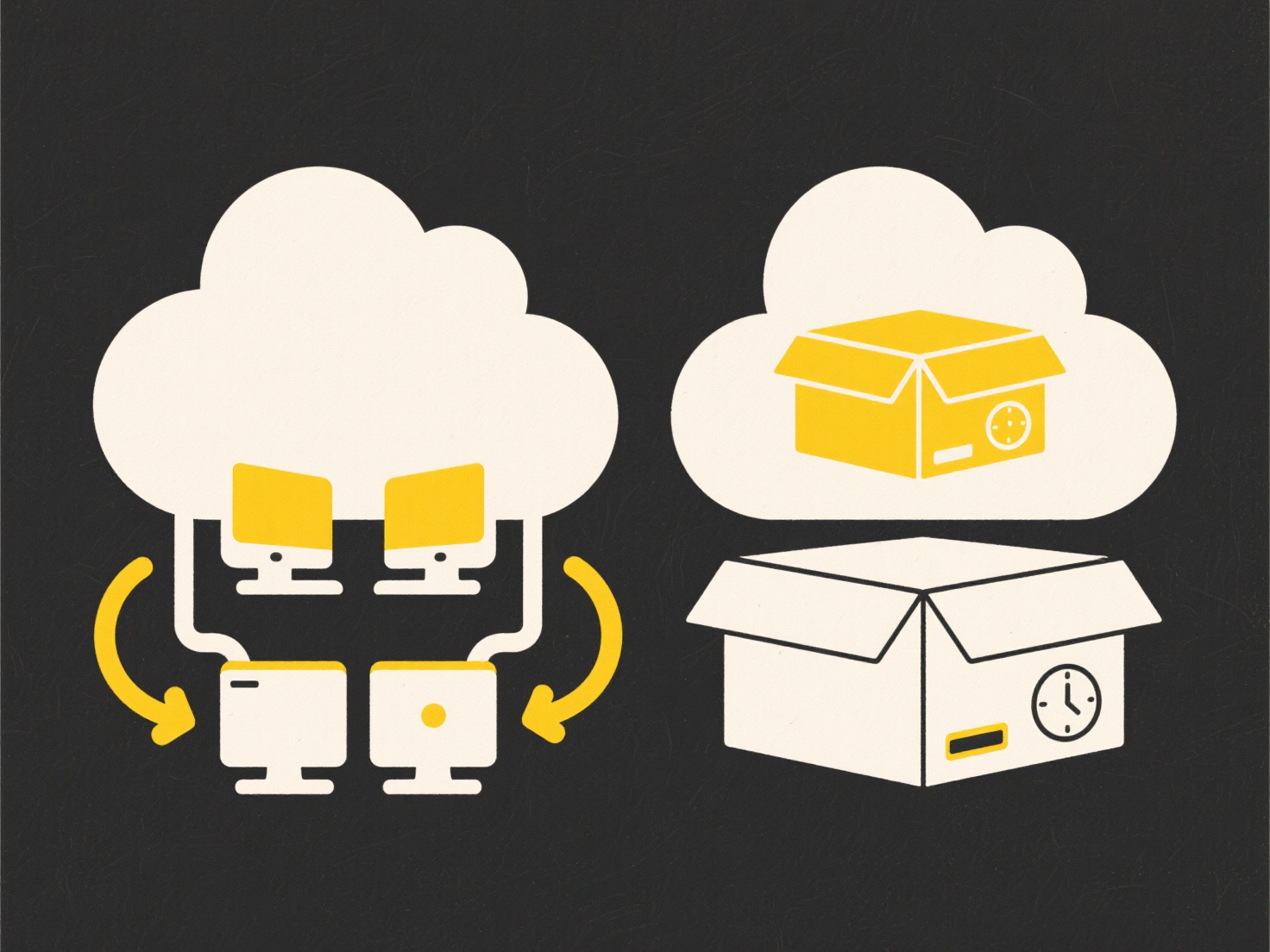
File ownership refers to having primary control over a digital file stored in a shared environment, like cloud storage or a network drive. Unlike having basic viewing or editing rights, the owner typically possesses unique administrative abilities—such as modifying permissions for other users, permanently deleting the file, or transferring ownership itself. This role is distinct from being a mere editor or commenter; the owner acts as the ultimate controller and steward of the file.
For instance, on Google Drive, an owner can transfer ownership to another account, affecting who manages sharing settings. Similarly, in SharePoint Online, an administrator might reassign ownership of critical project documents to a new team lead when personnel changes occur, ensuring continuity. This is common practice in collaborative sectors like project management and corporate environments reliant on platforms such as Microsoft 365 or Box.

Assuming file ownership grants significant control, but limitations exist. Original owners may retain residual privileges unless explicitly removed after transfer. Important implications involve responsibility: if a file is deleted by its owner, it often impacts all users with access. Ethical considerations center on data stewardship – taking ownership entails accountability for file management. Future improvements may focus on clearer audit trails and permission inheritance when ownership changes, streamlining collaboration.
Can I take ownership of a shared file?
File ownership refers to having primary control over a digital file stored in a shared environment, like cloud storage or a network drive. Unlike having basic viewing or editing rights, the owner typically possesses unique administrative abilities—such as modifying permissions for other users, permanently deleting the file, or transferring ownership itself. This role is distinct from being a mere editor or commenter; the owner acts as the ultimate controller and steward of the file.
For instance, on Google Drive, an owner can transfer ownership to another account, affecting who manages sharing settings. Similarly, in SharePoint Online, an administrator might reassign ownership of critical project documents to a new team lead when personnel changes occur, ensuring continuity. This is common practice in collaborative sectors like project management and corporate environments reliant on platforms such as Microsoft 365 or Box.

Assuming file ownership grants significant control, but limitations exist. Original owners may retain residual privileges unless explicitly removed after transfer. Important implications involve responsibility: if a file is deleted by its owner, it often impacts all users with access. Ethical considerations center on data stewardship – taking ownership entails accountability for file management. Future improvements may focus on clearer audit trails and permission inheritance when ownership changes, streamlining collaboration.
Quick Article Links
What is a .json file used for?
A JSON (JavaScript Object Notation) file is a lightweight, text-based format used for storing and exchanging data. It st...
How do I organize research documents?
Organizing research documents involves systematically arranging information for efficient retrieval and analysis. It mov...
Can hackers access my files while using Wisfile?
Can hackers access my files while using Wisfile? No, Wisfile processes your files entirely offline on your local devic...